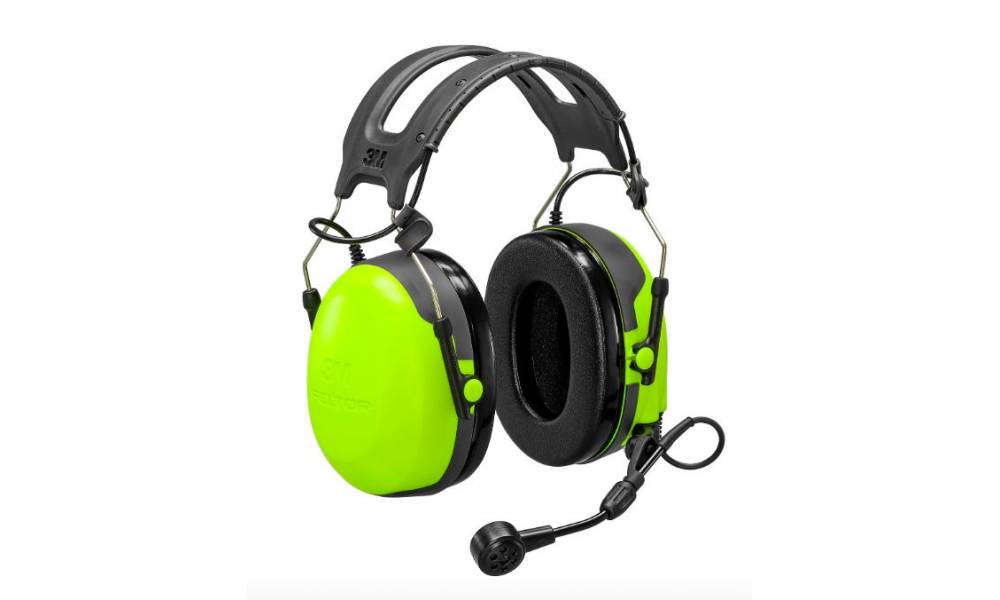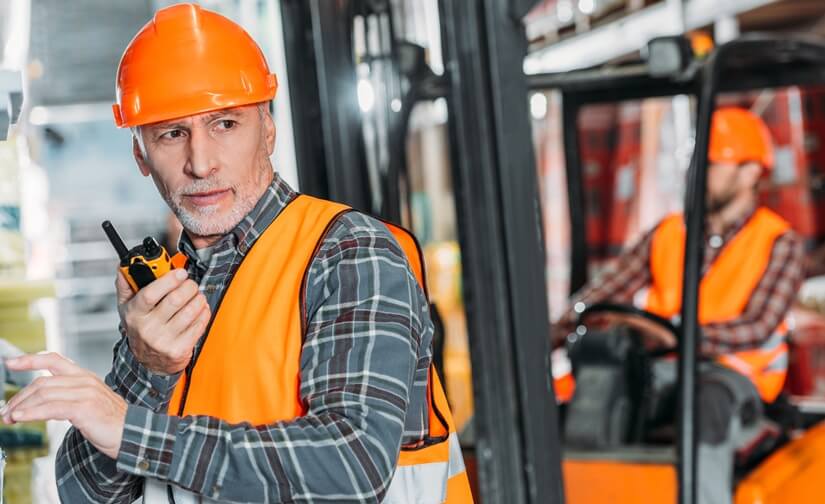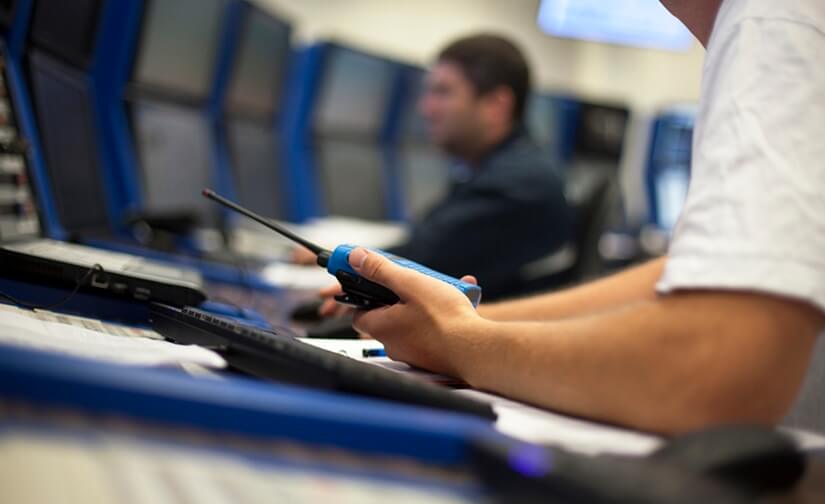In the ever-evolving landscape of communication technology, two-way radios remain a mainstay for robust and reliable communication across various sectors in Ireland. Whether it’s for coordinating events, managing logistics, or ensuring safety on construction sites, understanding the legal requirements for operating these devices is paramount. This post will guide you through the legislation surrounding the use of walkie-talkies and two-way radios, ensuring your operations stay within the legal confines and use communication tools effectively.
Understanding ComReg’s Role
The Commission for Communications Regulation (ComReg) is the statutory body charged with the regulation of the electronic communications sector (including radio communications) in Ireland. Its role is multifaceted, ensuring that the radio spectrum is used in the most beneficial and efficient manner for all users. Here’s an elaboration on its key functions:
- Spectrum Management: ComReg oversees the management of the radio frequency spectrum in Ireland, a finite resource that is essential for various forms of wireless communication. It allocates frequency bands for different uses and ensures that these frequencies are used in accordance with international and national regulations to prevent harmful interference.
- Licensing: ComReg is responsible for issuing licenses for two-way radios, which involves assessing applications, assigning frequencies, and determining the technical and operational conditions under which the radios may be used. This ensures that all radio equipment used within Ireland complies with the required standards for safety and interoperability.
- Compliance and Enforcement: ComReg also monitors the use of two-way radios to ensure compliance with the terms of licenses issued. It has the authority to enforce these terms, which may include inspections and investigations to address any instances of unauthorised use or interference with other spectrum users.
- Consumer Protection and Market Support: Beyond regulatory enforcement, ComReg provides guidance and support to consumers and businesses in the communications sector. It ensures transparency of information, promotes competition and works to resolve disputes that may arise between users of the radio spectrum.
- Innovation and Development: ComReg plays a critical role in supporting innovation in communications technologies. By understanding and adapting to the evolving needs of businesses and consumers, it facilitates the development of new and improved communication tools and services.
License-Free vs. Licensed Two-Way Radios
The choice between license-free radios and licensed two-way radios is a significant decision for businesses, as it affects the scope and capabilities of their communication systems. Here’s a more nuanced discussion on each type:
License-Free Two-Way Radios:
- Accessibility: These radios are readily accessible and can be used straight out of the box without any registration or licensing fees.
- Cost-Effectiveness: With no ongoing costs for channel use, they are a cost-effective solution for small-scale operations and personal use.
- Ease of Use: Designed for simplicity, they typically come with fixed settings and require minimal technical knowledge to operate.
Licensed Two-Way Radios:
- Customisation: Licensed radios offer the flexibility to customise frequency and power settings to meet specific operational needs, allowing for a tailored communication experience.
- Extended Range and Clarity: Higher power output and access to less congested frequency bands mean that licensed radios can provide clearer and longer-range communication.
- Security: Operating on dedicated channels reduces the risk of eavesdropping and interference, which is crucial for sensitive and private communications.
- Operational Necessity: In environments where communication is critical, such as between emergency services or within large-scale industrial operations, the reliability of licensed radios is non-negotiable.
- Regulatory Compliance: Obtaining a license ensures that the radios are used in compliance with national regulations, safeguarding against illegal operation and potential fines.
Understanding the key differences between these two radio types is crucial for making an informed decision that aligns with your communication needs and operational context.
When is a License Required?
Determining when a license is required for two-way radio use in Ireland hinges on the specifics of the radio frequency and the intended use. Here’s a more detailed look at the licensing requirements:
- Frequency Use: Any two-way radio that operates outside the ComReg-designated license-free frequencies (446.0 – 446.2 MHz) must be licensed. This is to ensure that there is no interference with other radio users and to allocate specific frequencies for private use.
- Business Operations: Businesses that require secure and clear channels for their operations, particularly where communication is critical to safety and coordination, will need to acquire a licensed radio. This includes security operations, emergency services, transport, and logistics companies, where the risk of interference on a license-free frequency could have serious repercussions.
- Enhanced Features: If the business communication needs extend beyond the basic offerings of license-free radios, such as the need for extended range, higher power, or specific frequency use to prevent eavesdropping, a license will be necessary.
- Multi-Site Operations: Organisations that operate across multiple sites or a wide geographic area will require a license to ensure seamless communication across all locations without the risk of frequency interference from other radio users.
- Special Events: For special events or situations where communication is critical over a short period, a temporary license may be needed to ensure organisers can operate on secure frequencies that won’t be used by the general public.
Types of Licenses for Business Users
In Ireland, the spectrum of two-way radio licenses is broad, catering to a variety of business requirements. ComReg, the national regulatory authority, issues licenses that allow for the customisation of frequency and power based on specific operational needs. The types of licenses available include:
- Simple Site License: Ideal for businesses operating within a confined location, like a single warehouse or a construction site. This license allows the use of a fixed number of frequencies within the premises.
- Area Defined License: This type of license is suitable for businesses operating over multiple sites within a defined geographical area, providing the flexibility to communicate across different locations within that area.
- National License: For businesses with operations extending throughout the country, a national license grants access to frequencies that can be used across Ireland.
- Short-term License: Events or short-term projects can benefit from this license, which is valid for a limited period to cover specific short-term needs.
Each license type has its own set of application requirements and fees. Businesses must evaluate their communication needs to determine which license best suits their operational scale and scope.
The Application Process for a Two-Way Radio License
Securing a two-way radio license in Ireland is a structured process. The application must be made through ComReg, which involves several key steps:
- Assessment of Needs: Before applying, businesses must assess their communication needs to determine the most appropriate type of license.
- Gathering Information: The application requires detailed information, including the business’s name, address, contact details, and the specifics of the radio equipment (like make, model, and frequency range).
- Technical Plan: A technical plan outlining the intended use of the radio system, including the number of units, the proposed frequencies, and any additional technical parameters, must be submitted.
- Payment of Fees: Fees vary depending on the type of license and the services required. These fees must be paid at the time of application.
- Compliance with Regulations: Applicants must ensure that their equipment complies with ComReg’s technical standards to prevent interference with other radio services.
- Submission and Review: After submission, ComReg will review the application for completeness and compliance with regulatory standards.
- Issuance of License: Once approved, ComReg will issue the license, which may include specific conditions that the business must adhere to.
Business Applications of Licensed Two-Way Radios
Licensed two-way radios are not just a communication tool but a critical asset for businesses requiring reliable and secure dialogue across various operational scenarios. Let’s explore some case studies that highlight their importance:
- Transportation and Logistics: For a logistics company with a fleet of trucks traveling across Ireland, licensed two-way radios ensure drivers are in constant contact with the control centre. A national license allows drivers to communicate over long distances, providing real-time updates on traffic conditions, delivery statuses, and potential emergencies.
- Event Management: During large-scale events, like festivals or concerts, event organisers rely on licensed radios to coordinate teams across widespread areas. The clear and private channels allow for instant communication between security, first aid, and event management staff, ensuring a swift response to any situation.
- Manufacturing: In a manufacturing plant, communication is vital for maintaining safety and efficiency on the production floor. With a simple site license, staff can communicate instantly about operational changes, equipment malfunctions, or safety alerts, reducing downtime and enhancing productivity.
- Construction Sites: In the construction industry, communication is not just about efficiency; it’s about safety. On the bustling and often noisy construction sites, licensed two-way radios enable immediate, clear communication that can help prevent accidents and coordinate complex tasks.
- Healthcare: Hospitals and healthcare facilities benefit greatly from area-defined licenses. With various departments spread across different buildings or campuses, licensed radios provide a dependable line of communication for medical teams, enabling quick coordination for patient care and emergency responses
Conclusion
The correct use of two-way radios under Irish legislation is not just about legal compliance; it’s about ensuring efficient, secure, and effective communication for your business. This guide aims to demystify the process and encourage businesses to adhere to regulations, guaranteeing that their communication needs are met lawfully and proficiently.





